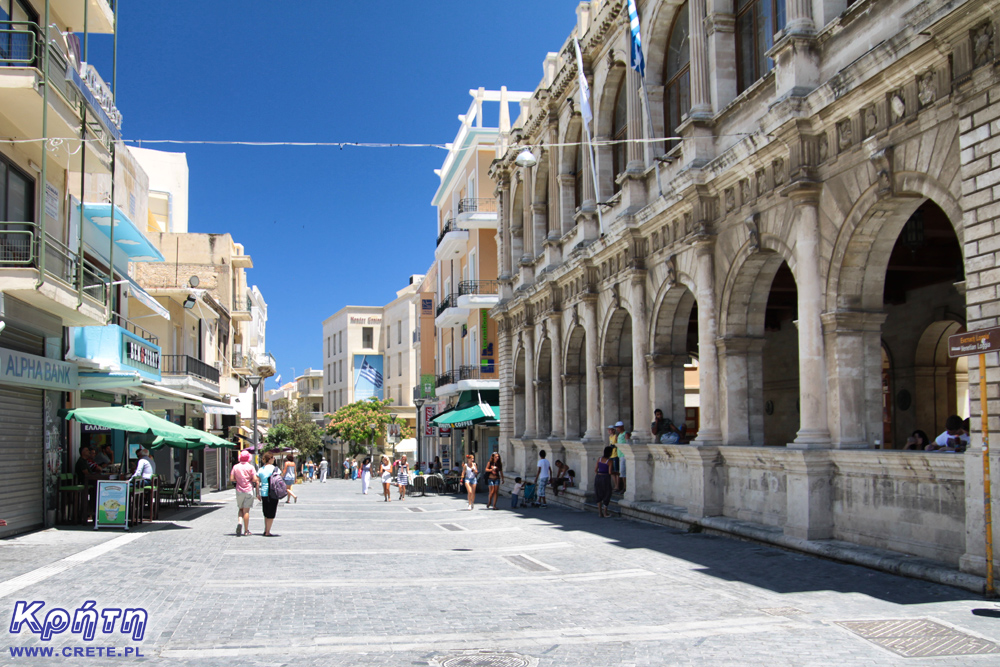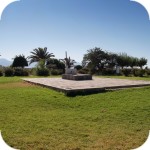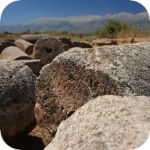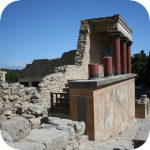
The symbolic beginning of the street August 25 marks the former Lion Square with the famous Morosini fountain, its end is defined by the sea and harbor buildings. I do not think there is a nicer pedestrian street in Heraklion. Going down the street, we can see the blue of the sea from a distance and the multitude of various pubs invites to take a break in sightseeing.
But have you ever wondered if you walk this beautifully landscaped street, where did its name come from? What actually happened that day in 1898, that one of the main streets of the city of Hercules was named this date?
August 25, 1898 for Heraklion and symbolically for the whole of Crete is a special date. The nineteenth century marked the beginning of Greece's abandonment of the Turkish yoke and regaining independence for Greece. However, the location of Crete was quite special at the moment because it was still not part of Greece.
Despite agreements signed earlier, so-called the Halep Pact, in which the Turkish government pledged to carry out a series of reforms in the Cretan administration and to stop discrimination against the Christian population, some promises never came true, and Crete still did not gain full autonomy. In 1898, the island was just before its final liberation from Turkish rule. At that time British forces were stationed in Heraklion. And although some changes were felt, a large group of the Ottoman population still lived here, and administrative positions were still occupied by the Turks.
On August 25, 1898, new Christian tax officials were to work. Accompanied by 18 British soldiers to ensure the safety of these people. Introducing Christians to administrative positions was the implementation of part of the resolutions contained in the Halep pact. In spite of this, the Turks who lived in Crete for a long time did not want to succumb to these unavoidable changes ...

On this day, at the initiative of the Turkish authorities, the Muslim part of the then inhabitants of Megalo Kastro (the Turkish name of the city) replaced the way for new officials. In this way, the cruel slaughter of the Christian part of the city began. According to the sources, about 800 Cretan Christians and 18 British soldiers lost their lives. After the slaughter, the Turks were plundering and burning houses and shops belonging to Christians. The total destruction was done just around the current street on August 25. In September of the same year, the initiators of the slaughter were hanged. It turned out that they were Turkish Cretans.
The mascara that was made in Heraklion contributed to the acceleration of the end of the Turkish occupation of Crete. This time, the governments of European nations supported the Cretan aspirations for freedom. They supported the island in negotiations with the Turks, which eventually ended with the granting of autonomy for Crete. It is worth mentioning that it was during them that the political star Eleftherios Venizelos was born. One of the most eminent figures who later influenced not only Crete's politics but also all of Greece.

Crete has always had a special place in the heart of Nikos Kazantsakis. Born on February 18, 1885 in Heraklion, thanks to the care of his parents, he came a long way to becoming one of the most important writers of contemporary Greek literature. Always faithful to his passions and beliefs, he rarely counted on the opinions of other people. In his life, he pointed to dreams and journeys as one of the greatest inspirations, which in 1957 contributed to the fact that the history of his life and work ended.

The history of Crete from the classical period to the first years of freedom. The increasing significance of Athens causes a drastic reduction in the political and cult role of Crete. In 67 BC, the island gets into the hands of the Romans, who are beginning to introduce their orders. Gortyna becomes the capital of the Roman province called Crete-Kyrene. The Romans are building infrastructure: roads, aqueducts, temples and theaters. Agriculture and culture are developing. All of Greece at this time becomes a Roman province, although its rich culture begins to influence the achievements of the Romans

Description of the history of Crete. The genesis of the creation of culture, the most important events from the far and near past of this island. Until the middle of the first decade of the 21st century, little was known about the older Stone Age in Crete. Initial information was sporadic and uncertain. Only later discoveries made it possible to establish that the first inhabitants appeared on the southern coasts of the island already in the lower Paleolithic (about 130,000 years ago).


Komentarze
komentarz z
Piękne miejsce
Byłam, piękne miejsce
Wypełnij poniższy formularz aby dodać komentarz
lub kliknij w poniższy link aby skorzystać z możliwosci komentowania przez facebooka:
https://www.facebook.com/crete.poland/posts/10153829492802551,10155639650047551